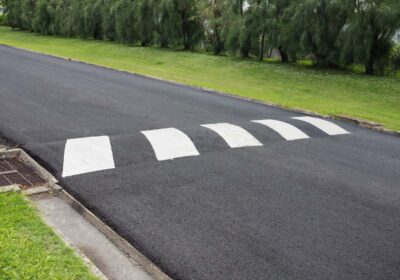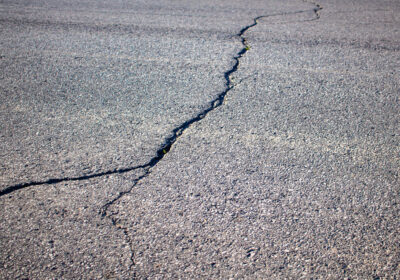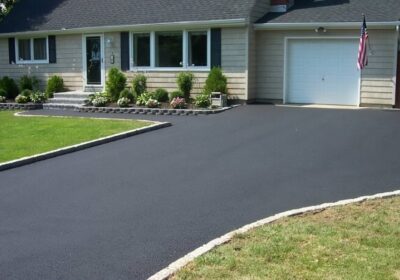Do Speed Bumps Damage Cars? Myth vs. Reality
Speed bumps have long been a topic of debate among drivers. One of the most common concerns is whether these road features can cause damage to vehicles. In this blog post, we aim to demystify this issue by exploring the myths and realities surrounding the impact of speed bumps on cars.
Myth: Speed Bumps Always Damage Cars
Let’s start by addressing a prevailing myth: the belief that speed bumps inevitably lead to car damage. While it’s true that poorly designed or maintained speed bumps can potentially harm vehicles, the reality is more nuanced.
**Reality:**
Well-constructed speed bumps are designed with vehicle safety in mind. They typically have specific features to minimize potential damage:
- Gradual inclines and declines: Properly designed speed bumps have gentle slopes that allow vehicles to traverse them with minimal discomfort.
- Compliance with regulations: Many regions have regulations governing speed bump specifications, ensuring they meet safety standards.
- Maintenance is key: Regular maintenance is crucial to keep speed bumps in optimal condition. Damaged or deteriorating speed bumps can pose risks to vehicles.
It’s important to recognize that not all speed bumps are created equal. The impact on your vehicle can vary depending on factors like design, materials, and maintenance.
Myth: Speed Bumps Cause Irreparable Damage
Another misconception is the belief that encountering speed bumps even occasionally can lead to irreversible harm to a car’s suspension or undercarriage.
**Reality:**
While it’s true that repeated high-speed encounters with poorly designed speed bumps can accelerate wear and tear, occasional encounters with properly constructed speed bumps should not cause significant or permanent damage to a well-maintained vehicle.
Modern vehicles are designed to withstand a certain degree of road irregularities, including speed bumps. However, it’s essential to exercise caution and adhere to recommended speed limits when approaching speed bumps to minimize any potential discomfort or damage.
How to Minimize the Impact of Speed Bumps
If you want to ensure your vehicle’s safety and comfort when encountering speed bumps, consider the following tips:
- Observe posted speed limits: Speed limits are typically posted near speed bumps. Adhering to these limits is the best way to minimize the impact on your vehicle.
- Slow down gradually: Reduce your speed as you approach the speed bump. Gradual deceleration allows your vehicle’s suspension to adjust smoothly.
- Inspect your vehicle regularly: Routine maintenance checks can help identify and address any issues related to your vehicle’s suspension or undercarriage.
By following these guidelines, you can help protect your vehicle and ensure a smoother ride over speed bumps.
Conclusion
So, do speed bumps damage cars? The answer is not a simple yes or no. It largely depends on various factors, including the design, maintenance, and driving behavior. While poorly designed or neglected speed bumps can pose risks to vehicles, properly constructed and maintained ones are less likely to cause significant damage.
If you have concerns about speed bumps in your area or are interested in professional speed bump installation, we’re here to help. Our team specializes in ensuring that speed bumps are designed for both safety and the comfort of drivers. Feel free to
contact us
for more information or to discuss your specific needs.
Thank you for reading, and drive safely!




Leave a Reply